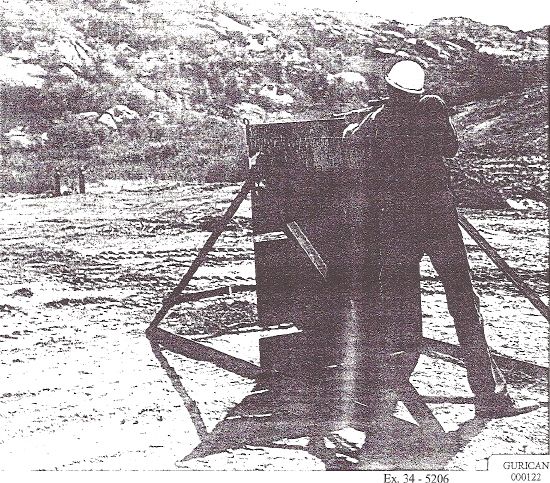Part 1 of 3
I have been blogging a lot lately about problems with radioactive contamination in Seattle and at the Hanford Nuclear Reservation. Many other states have their own problems with contamination left over from nuclear research and processing. However, I was astonished at the casual attitude that governed the handling of nuclear materials and radioactive waste at the Santa Susana Field Laboratory (SSFL) near Santa Monica, California.
The Santa Susana Field Laboratory (SSFL) near Santa Monica, California was established by North American Aviation (NAA) in 1947 to test fire liquid fuel rocket engines for the U.S. space program. Virtually all the major rocket engines used in the space program were developed there. They also carried out research on nuclear reactor design and operation there between 1953 and 1980. NASA acquired some of the acreage from the US Air Force in 1973. The U.S. Department of Energy was also involved in work at SSFL.
Atomics International (AI) was created as a division of NAA for nuclear research at SSFL in 1955 and the rocket research was made a separate division under the name of Rocketdyne. Both divisions were sold to Rockwell International in 1955. Boeing bought Rockwell International in 1967.
AI carried out work on the first commercial nuclear power plant in Area IV of SSFL and they also worked on the first nuclear power source launched into space. A sodium reactor was constructed and operated from 1957 to 1964. It was the first commercial reactor to experience a core meltdown which was covered up by the U. S. Department of Energy (USDOE) for ten years. There were no accurate records of the disposal of the resulting radioactive materials and tons of sodium coolant disappeared. There was also a sodium burn pit where sodium contaminated objects were burned in the open air. Twenty two of twenty seven men who worked the burn pit died of cancer. They fished in a terribly polluted pond and one of them once said that all seven wells on the site were contaminated. There were explosions at the burn pit.
Altogether, ten nuclear reactors operated at SSFL over the years along with fuel fabrication facilities for plutonium and uranium carbide. Fuel rods from the onsite reactors as well as rods from other U.S. government run reactors were cut apart and inspected in what is known as a “hot lab.” There were fires at some of the reactors. Partial meltdowns occurred three times between 1959 and 1971 where an undisclosed amount of radioactive materials were released into the environment. Four of the ten reactors suffered damage to large percentages of their fuel rods. Because the onsite reactors were experimental, there were no containment vessels enclosing the reactor buildings. Barrels of highly radioactive waste were set out and blown full of holes with rifles. There were many other incidences of criminal negligence in the handling of radioactive waste at SSFL over the years.
In 2005, Rocketdyne was sold to Pratt Whitney but Boeing kept the SSFL facilities. In that same year, wildfires raged thought the area and damaged some of the SSFL buildings. Large amounts of radioactive contamination were released by the fires but that release was denied by the State of California. 2006, the facility was shut down permanently.
Target Practice at SSFL:
